10 Android Tips & Tricks You Need to Know
Hey there, Android enthusiasts! Whether you’re just diving into the Android world or already know your way around, we all encounter those little annoyances that can put a damper on our experience. But fear not, because I’ve got some tips and tricks up my sleeve that can make your Android experience even better!
In this post, I’m going to share with you 10 useful Android tips and tricks that will help you get the most out of your device. Now, keep in mind that every Android phone may have slight variations in its build and operating system, but don’t worry – the next step is never too far away!
Contents
- 1 Step Up Your Security Game on Android
- 2 1. Turn Off App Notifications
- 3 2. Turning Off Mobile Data
- 4 Achieving Longer Battery Life for Your Smartphone
- 5 3. Keep Track of Your Mobile Data Usage
- 6 Step 4: Add Multiple Google Accounts
- 7 5. Turn Off Automatic App Updates
- 8 6. How To Check For Android System Updates
- 9 8. Simplify Homescreen with Folders
- 10 9. Make Your Android Device Faster
- 11 10. Disable Auto-Correction: Freedom from English Teacher Mode!
Step Up Your Security Game on Android
Let’s start by making sure your Android device is locked tight and secure. These simple strategies will help keep malware and vulnerabilities at bay, giving you peace of mind. Find out more below:
1. Turn Off App Notifications
Are you tired of those pesky app notifications that just won’t quit? Well, did you know that these notifications also drain your phone’s battery? If you want to get rid of them, and you have Jelly Bean 4.1 or a newer version of Android, here’s what you can do:
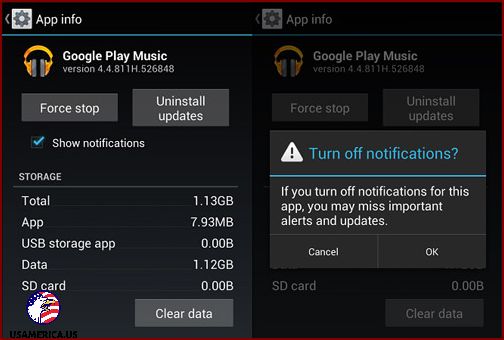
- If you have any notifications you don’t want in your notification bar, just hold your finger down on the notification for a little bit. You’ll see a message box pop up.
- Tap on App Info. Then uncheck the box that says Show Notifications. Finally, tap OK.
2. Turning Off Mobile Data
If you don’t need to be connected to the internet, you can save your smartphone battery by turning off the Mobile Data. It’s really easy to do:
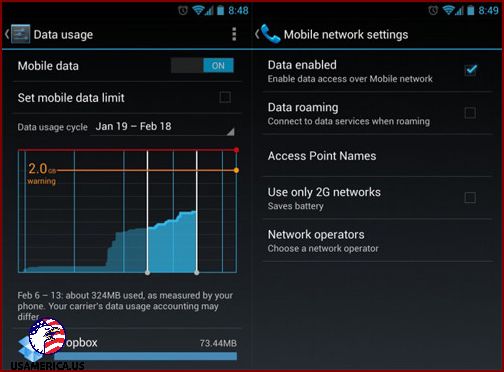
- To change your settings, go to Settings > Data Usage.
- If you want to turn off your mobile data, just toggle the switch from ON to OFF.
Achieving Longer Battery Life for Your Smartphone
Smartphones these days do so much more than just make calls and send messages. They are like mini-computers, packed with features and powerful software. But all these capabilities can drain your battery quickly. So, how can you make your battery last longer? Here are some tips.
3. Keep Track of Your Mobile Data Usage
Do you want to know how much of your monthly mobile data limit you have already used? If you have a newer version of your phone’s operating system, like ICS or above, you can easily keep tabs on your data usage.
- Open Settings > Data Usage.
- You can set your data limit by dragging the orange line to match your monthly quota.
Managing your data usage is easy. You can simply set your data usage cycle to align with your monthly billing cycle. Let me show you how.
First, find out when your billing month starts and ends. This information can typically be found on your mobile carrier’s website or by contacting their customer service.
Once you know your billing cycle, go into your phone settings and navigate to the data usage section. Look for an option to set your data usage cycle and choose the dates that correspond to your billing cycle.
By setting your data usage cycle, you are telling your phone to track your data usage from the specified start date to the end date. This will help you stay within your data limit and avoid any unexpected charges.
Once you’ve set your data usage cycle, you’re all set! Your phone will now keep track of your data usage and alert you when you’re getting close to your limit. It’s important to note that the data usage tracked by your phone may vary slightly from your carrier’s tracking, so it’s always a good idea to keep an eye on your usage throughout the month.
Managing your data usage doesn’t have to be complicated. By setting your data usage cycle, you can take control of your data and avoid any surprises on your bill. So go ahead and give it a try – it’s a simple and effective way to stay on top of your data usage.
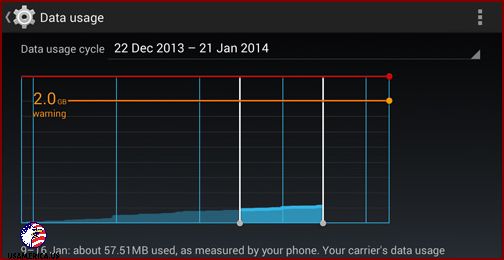
Step 4: Add Multiple Google Accounts
Did you know you can have more than one Google account on your Android phone? It’s true! This is really handy if you use multiple accounts for different Google services. Here’s how you can add multiple Google accounts:
- First, go to Settings and then select Add account.
- Next, choose the option for Google and set up your new or existing Google account.
- After you’ve added the account, you can choose which services you want to sync with it.
If you want to add even more accounts, just repeat the steps above. It’s as simple as that!
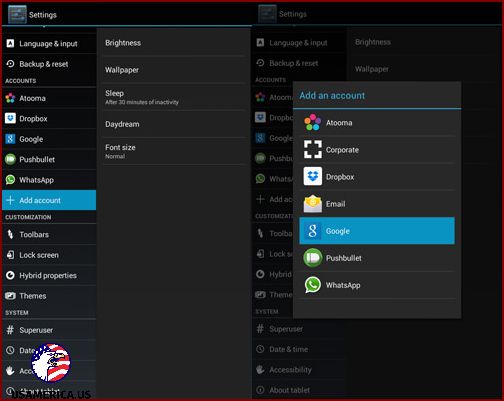
5. Turn Off Automatic App Updates
Do you prefer to decide for yourself which app updates to accept after reviewing their permissions? I do too! But before we can do that, we need to disable the automatic app updates. Don’t worry, I’ll show you how:
- First, I’ll need you to open the Play Store app on your device.
- Once you’re in the Play Store, look for the Settings option.
- Now, tap on Auto-update apps.
- Finally, choose Do not auto-update apps.
If you ever change your mind and want to re-enable automatic app updates, just follow the same path and select the Auto-update apps option. You can even choose to only update apps when connected to Wi-Fi, but keep in mind that this feature might not be available on all Android devices.
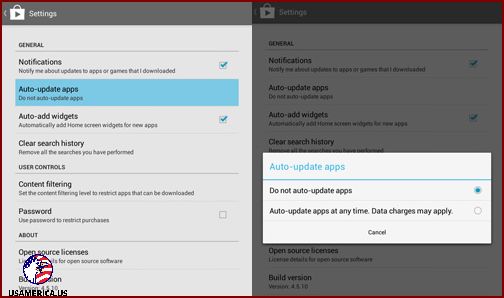
If you want to update your apps manually, all you have to do is open the Play Store. Once you’re on the main page, swipe in from the left and tap on My apps. From there, you can tap on any apps that need updating and update them manually. If you prefer to update all your apps at once, simply tap on Update All.
6. How To Check For Android System Updates
If you’re an Android user with a stock ROM, you might want to keep an eye out for new system updates. To do this, follow these steps:
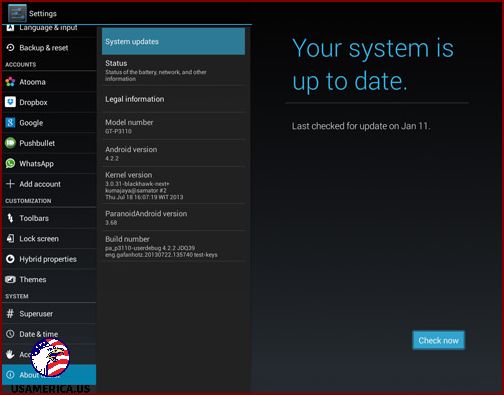
To make changes to your default apps, follow these steps:
1. First, go to “Settings” and then select “About phone/tablet.”
2. Next, tap on “System updates” to proceed.
3. Once there, you should see an option to “Check now” for any available system updates.
Now, let’s move on to changing your default apps:
If you have already set certain apps as default for specific tasks, like using Chrome for opening web links, but want to switch things up, here’s what you need to do.
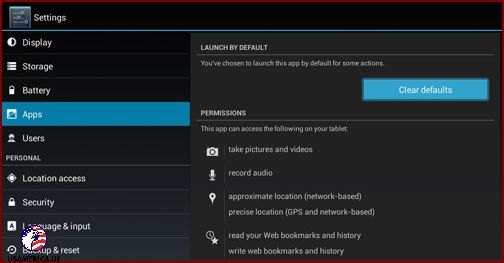
- If you want to remove an app as the default, go to Settings and then Apps.
- Swipe right and find the All tab.
- Choose the app you want to remove as default.
- Tap on Clear defaults.
8. Simplify Homescreen with Folders
If you have a lot of apps installed, your homescreen can get cluttered with shortcuts. Unlike the app drawer, the apps on your home screen are not organized alphabetically. So, it’s a good idea to create folders for your homescreen shortcuts.
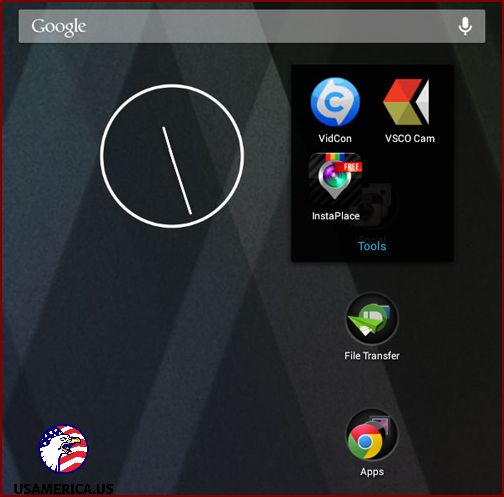
- If you already have a few shortcuts on your homescreen, all you have to do is press and hold one of them and then drag it onto another shortcut.
- When you do this, a circle will appear around the apps, letting you know that you’ve created a folder.
- If you tap on the new folder, a small window will appear with your apps inside.
- If you want, you can add more apps to the folder by dragging and dropping them. You can also change the name of the folder by tapping on the text area at the bottom of the small window.
9. Make Your Android Device Faster
Here’s a trick to make your Android device run smoother: turn off its animations. To do this, you’ll need to access the Developer Options, which can be found in your device’s Settings or About device.
Note: Some phones may require you to take an extra step to access the Build number. Simply tap on it repeatedly until a message appears indicating that “You are now a developer!”. This will enable the Developer options.
Once you have enabled the Developer options, you will see a list of different settings. Look for Window animation scale, Transition animation scale, and Animator duration scale in the list. To improve performance, it is recommended to disable each of these settings one by one.
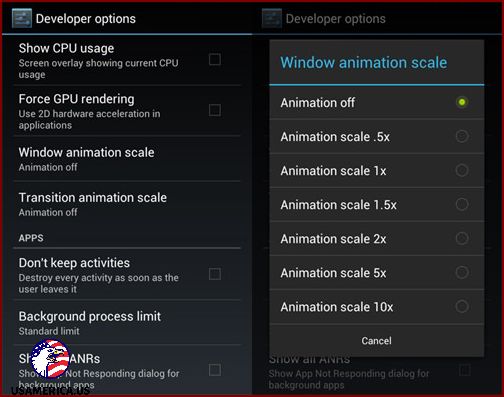
10. Disable Auto-Correction: Freedom from English Teacher Mode!
Do you hate it when your phone tries to become your English teacher and corrects your spelling without your permission? Well, worry no more! I’ll show you how to turn off auto-correction, so you can text in peace and be in control.
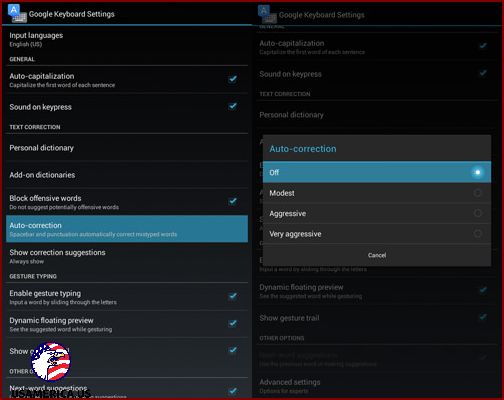
- To change your auto-correction settings, follow these steps:
- First, go to the Settings menu.
- Next, find the Language & Input section.
- Once you’re there, look for the keyboard you’re currently using. It could be Google Keyboard or another one.
- Tap on the settings icon next to it.
- Scroll down until you see Auto-correction and tap on it.
- Finally, you can simply select the Off option to turn off auto-correction.
